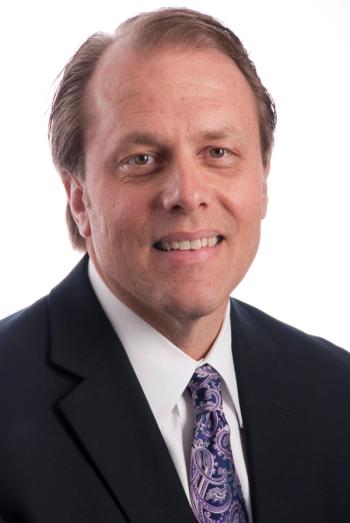
Data transmission requirements for Stage 2 of CMS' EHR incentive program are steep. Here's a closer look.

Data transmission requirements for Stage 2 of CMS' EHR incentive program are steep. Here's a closer look.

To meet meaningful use requirements for Stage 2 of the EHR incentive programs, providers need to boost patient engagement. Here's how.

Want to know what the government looks for in healthcare fraud investigations? Here's some conduct you may want to avoid at your medical practice.

Coding expert Mary Pat Whaley offers four key tips to minimize the chances of a RAC audit at your medical practice.

Primary care accounts for just 5 percent of Medicare cost. Physicians are the engine to cut costs, not the culprit.

The latest clarifications and revisions to HIPAA require some careful reading by physicians. A little help from a professional might help too.

Some of the key items outlined in the Physician Payment Sunshine Act final rule and how physicians can prepare for enforcement.

There will be a lot more data gathering and reporting of physician payments from pharma and others under the proposed Sunshine Act. Here's what you need to know.

Patient care is at the heart of both ICD-10 and Value-Based Purchasing. But following the principals of each can also enhance your revenue cycle.

Importing drugs that are not FDA approved can lead to severe civil and criminal penalties and poor patient care.

Are you craving national attention? Just put patient data on a laptop, as that seems to be the early trend in 2013 to becoming a HIPAA headline.

A large source of stress and expense to medical practices is real estate. Here’s how to get your house in order.

While the president's push is to simply permit physicians to talk with patients about gun safety, my fear is that in the not too distant future, it becomes a mandate.

Defense attorney Sarah Wirskye explains obstruction of justice in healthcare lawsuits and how to prevent it from occurring, even accidentally.

Physicians have more reason than ever to be concerned and act proactively to protect their businesses, assets, and families.

In this podcast, Jeff Brunken, president of physician insurer MGIS, shares important ACO-related liability issues physicians face.

Copiers, scanners, and faxes are essential to medical offices, but they also present hidden HIPAA dangers.

Physician requirements, including a new requirement for patient-generated health information, called cumbersome by industry.

Here's a primer on The False Claims Act, why medical practices should know all about this federal statute, and how to avoid violations.

With its push for physicians to discuss gun safety, the AMA once again reveals that it does not truly represent the physicians seeing patients every day.

A new year is the perfect time to be proactive and ensure your medical practice is compliance with all the regulations it faces.

Here are five legal issues private practices should be sure to follow in the new year to avoid potential pitfalls.

Legislative interference in the operation of your medical practice is evident across the U.S. Here are some examples.

Healthcare providers nationwide are taking issue with payers conducting pay-then-pull-back audits and delayed payments for covered treatments.

Learn the difference between claims-made and occurrence-based malpractice policies for physicians, tail insurance, and more.